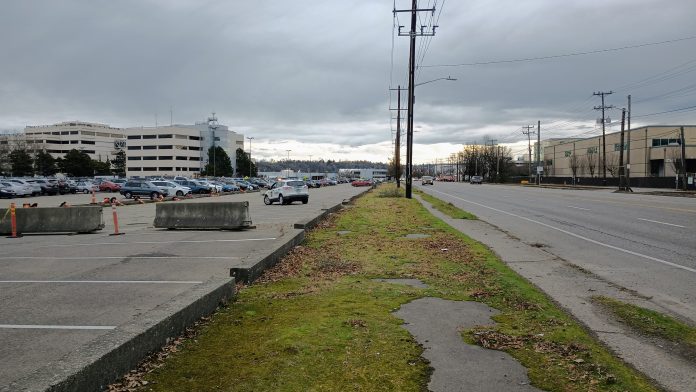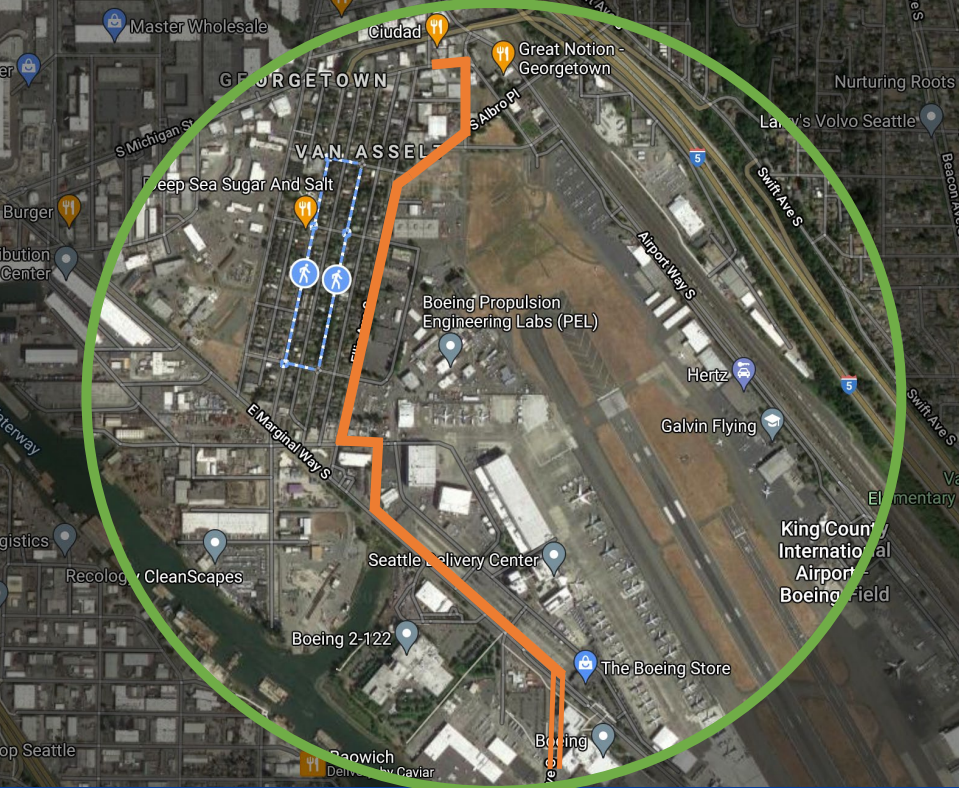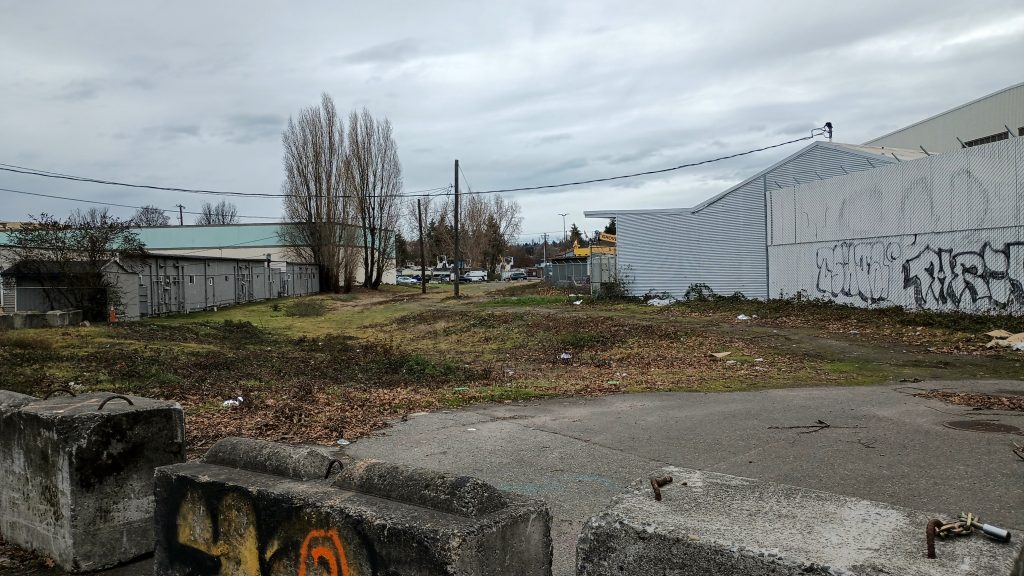
Just before the end of 2022, the Seattle Department of Transportation (SDOT) announced another planned project to expand the city’s safe biking and walking network in south Seattle has been delayed. The Georgetown to South Park Trail, a project residents in the Duwamish Valley have been advocating for since at least 2017, will create a separated walking and biking trail from the heart of Georgetown to South Park’s front door at the foot of the South Park bridge. It was supposed to start construction last year.
“In 2022, we began the environmental review process, which has taken longer than anticipated and shifted the construction of the project out about a year. We’re now expecting to start construction by the end of 2023 and complete construction in 2024,” an update to the project’s website stated. Prior to this advisory, the website had not been updated since January of 2022 prompting an inquiry from The Urbanist. The department attributed the lack of new information to an oversight.
The delay on the Georgetown to South Park Trail joins delays impacting a protected bike lane on MLK Jr Way S near the future Judkins Park light rail station and the Beacon Hill protected bike lane, both of which were supposed to start construction this year but have been pushed to the late 2023 or spring 2024 respectively. These projects, all in Council District 2, were part of a suite of connections approved by the City Council in 2019 to specifically fill in some of the gaps in the city’s bike network in this district.
“The change in schedule is due to the environmental review process and studying cultural resources prior to construction. The trail will pass through native cultural sites for indigenous peoples near the Duwamish Waterway, and historic buildings in Georgetown,” the update continued. “This necessitated the development of a cultural and archeological resource study. Although the review is out of our hands, we always support the need to understand whether any indigenous or other historic sites exist where we’re going to be working.”

Why environmental review for a bike lane?
Building significant portions of the trail will require disturbing ground that has not been touched in a long time, including City-owned property and property adjacent to the King County airport, Boeing Field. Most of the trail is being constructed right along the roadway as a 10- to 12-foot shared use path, separated from the road by a curb. But SDOT is working with other City departments to utilize a long held property called the “Flume,” a former part of the Georgetown Steam Plant that is now a museum owned by Seattle City Light.

A strip of the property has been transferred from City Light to SDOT for the trail, with Seattle Parks and Recreation taking possession of most of the remaining parcel for the construction of an off-leash dog park, which Georgetown currently lacks. A dog park here should serve as a way to activate the trail through this off-street section, where people walking and biking will be able to bypass the incredibly unpleasant street that is East Marginal Way S. Since there is much more to this project than simply painting on the street, it is subject to a more thorough environmental review.

The idea for a separated trail connecting Georgetown and South Park, two neighborhoods that are currently disconnected by dangerous roads but which share many amenities, came from a 2017 Georgetown Mobility Study completed by SDOT. That study also looked at ways to connect Georgetown to downtown Seattle with better biking facilities, a project the department is currently moving forward. But it also addressed internal barriers to movement within the neighborhood.
The freight corridor of S Michigan Street that slices through the neighborhood was identified in that study as one of the biggest barriers, with a history of numerous pedestrian and cyclist-involved collisions noted along the street. But a recent SDOT project at the busy intersection of Michigan Street and Corson Ave S reconstructed a dangerous slip lane at the intersection, with a so-called raised crosswalk that so far does not seem to be having much effect at slowing vehicles down. So while the City is moving some projects that came from the community mobility study that will be a huge benefit to the neighborhood, it does not appear that the City is ready to get serious about addressing some of the biggest barriers in the neighborhood in the form of the high-traffic freight streets.
SDOT’s remarkable act this month of creating temporary protected bike lanes from two vehicle lanes on 1st Avenue S for people biking who cannot use the (currently closed) Spokane Street swing bridge shows that the department might be ready to impact the previously sacrosanct freight corridors in the name of safety. In the meantime, the City moves forward with the long-planned project to connect Georgetown and South Park. At this point, SDOT’s language suggests a 2023 start date for construction is far from a sure thing.
“We’re optimistic that the review process will be done by mid-2023 and that we can begin construction by the end of the year after we go through the City’s contractor selection process,” the department’s update noted. The urgency of the trail’s completion is pretty clear.
Ryan Packer has been writing for The Urbanist since 2015, and currently reports full-time as Contributing Editor. Their beats are transportation, land use, public space, traffic safety, and obscure community meetings. Packer has also reported for other regional outlets including BikePortland, Seattle Met, and PubliCola. They live in the Capitol Hill neighborhood of Seattle.

